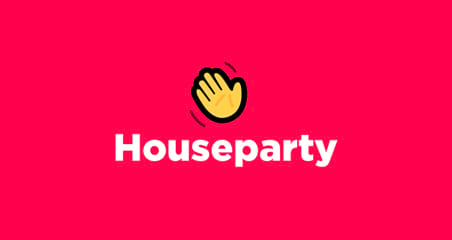How Houseparty doubled their users friend requests with A/B testing

Houseparty is a popular app letting their users have face-to-face conversations with friends, much like in a real house party. Their core metric they wanted to improve the functionality and design of the app without causing significant dips in metrics, so they decided to use Taplytics to deploy their A/B tests to see what would work best without affecting their current metrics.
The Experiment:
The onboarding flow for Houseparty prompted to add friends through push notifications, and was a bit of a mystery in terms of what changes would be most effective. Before, their users were prompted with push opt-in requests to access their contact list without much context or explanation. As such, they found that their users clicked “Don’t Allow”, making it a challenge to get their friends or find their friends on Houseparty, resulting in a social ghost town app experience.
After executing some experiments to improve, learn and iterate on this experience for their users, Houseparty notified their users via pop-up notifications and their context before they occur to understand why giving access is important.
Houseparty also wanted to improve the user experience of the app’s home page, where users could see their contacts while waiting for a friend to join their video call. They wanted to improve this experience so users could navigate to other features in the app more easily. They tested out a new design (as shown in the image below) that grouped contacts into categories and placed the home page navigation bar at the top of the screen. Users who saw the new design were more likely to engage with the app, leading Houseparty to implement it for all users.
The Results:
They saw a 15% increase in permissions to access users’ contacts.
The number of friend requests sent by new users on their first day doubled
They saw a 9% increase in push notification opt-ins

